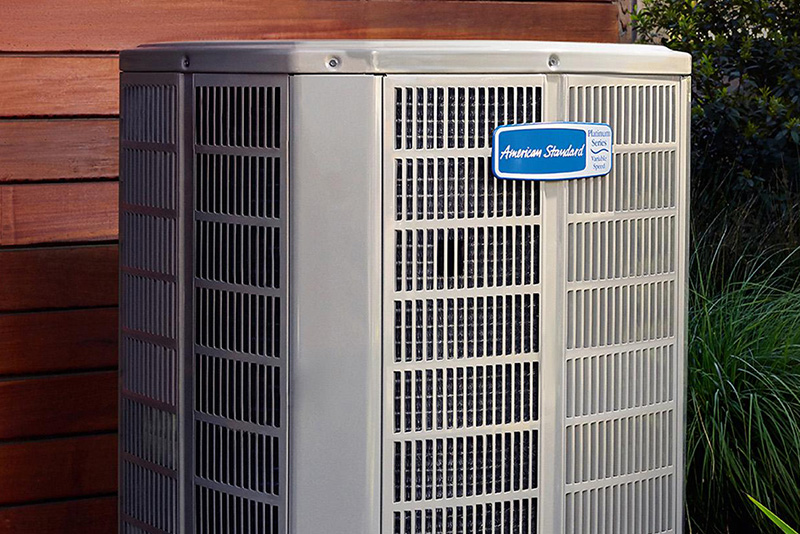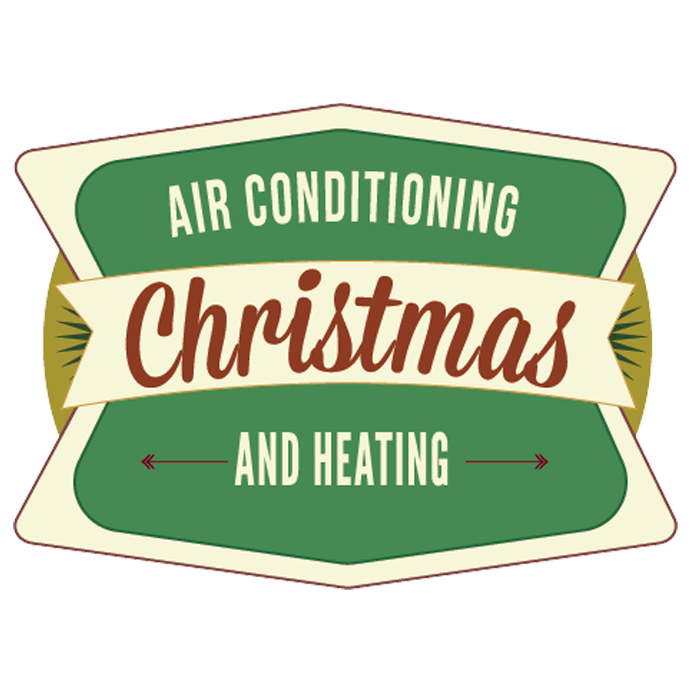Installation
If you are interested in upgrading your current HVAC system, we highly recommend scheduling a free consultation with us. We are trained HVAC experts and will come to your home or office and inspect your system, talk about your needs and budget, and help you decide on the best method and model to suit the size and layout of your home or office. Our new HVAC systems work faster to heat and cool; requiring less energy and reducing your energy bills. View the American Standards page on our website to see the array of HVAC products we recommend.

Top 10 Considerations in a New Air Conditioning Installation
When looking to get a new AC installed, here are the top 10 things to consider:
Size of the AC Unit
Ensure the unit is the right size for your space to effectively cool the area without wasting energy.
Energy Efficiency
Look for an AC unit with a high SEER (Seasonal Energy Efficiency Ratio) rating to save on energy costs.
Type of AC Unit
Choose between central air conditioning, ductless mini-split systems, or portable units based on your needs and budget.
Maintenance requirements
Consider the maintenance needs of the AC unit and factor in the cost and frequency of servicing.
Ductwork
Check the condition of existing ductwork or consider installing ductless mini-split systems for spaces without ducts.
Warranty
Check the warranty offered by the manufacturer and installer to ensure you’re covered in case of any issues.
Air Quality Features
Look for AC units with air purifiers or filters to improve indoor air quality.
Noise Level
Consider the noise level of the AC unit, especially if you plan to install it in a bedroom or living room.
Budget
Determine your budget for, including the cost of the unit, installation, and any additional features or services.
Zoning options
Explore zoning systems that allow for personalized temperature control in different areas of your home or building, maximizing comfort and energy efficiency.
Thermostat Installation and Calibration
HVAC emergencies can happen unexpectedly, leaving you in need of immediate assistance to restore comfort to your home or business. Our emergency repair services are available 24/7 to address urgent issues such as system malfunctions, breakdowns, or loss of heating or cooling. With our prompt response times and expert technicians, we’ll diagnose the problem quickly and provide reliable repairs to get your HVAC system up and running again as soon as possible.
HVAC Installation Guide
In an HVAC system installation, several components are typically installed to ensure efficient heating, ventilation, and air conditioning. These components include:
Furnace
A furnace is the central component of a heating system that generates heat by burning fuel (such as gas or oil) or using electricity.
Air Conditioner or Heat Pump
An air conditioner or heat pump provides cooling by removing heat from indoor air and transferring it outside during warmer months. In colder months, a heat pump can also provide heating by extracting heat from outdoor air and transferring it indoors.
Air Handler
The air handler is responsible for circulating conditioned air throughout the ductwork of the building. It contains components such as the blower motor, evaporator coil, and filter.
Ductwork
Ductwork distributes heated or cooled air from the HVAC system to different areas of the building. It consists of a network of metal, fiberglass, or flexible tubes that deliver air to individual rooms or zones.
Thermostat
The thermostat controls the HVAC system by monitoring indoor temperature and activating heating or cooling as needed. Modern thermostats may offer programmable or smart features for enhanced control and energy savings.
Ventilation System
A ventilation system ensures proper air exchange and circulation within the building, improving indoor air quality and preventing the buildup of pollutants, moisture, and odors.
Refrigerant Lines
Refrigerant lines connect the outdoor and indoor units of an air conditioning system or heat pump, allowing refrigerant to flow between them for the transfer of heat.
Condensate Drain
This component removes condensation produced by the cooling process, preventing moisture buildup and potential water damage.
Registers and Grilles
Registers and grilles are installed throughout the building to allow air to enter or exit the ductwork, facilitating airflow and temperature control in individual rooms.
Exhaust Fans
Exhaust fans remove stale air, odors, and moisture from bathrooms, kitchens, and other areas where ventilation is needed.
